#Nasa
Text

A comet over the mountains in Osaka, Japan ©
#comet#mountains#earth#japan#astrophotography#night#sky#stars#planet#solar system#astronomy#nasa#galaxy
550 notes
·
View notes
Text

Regulus, Lion's Heart
508 notes
·
View notes
Text
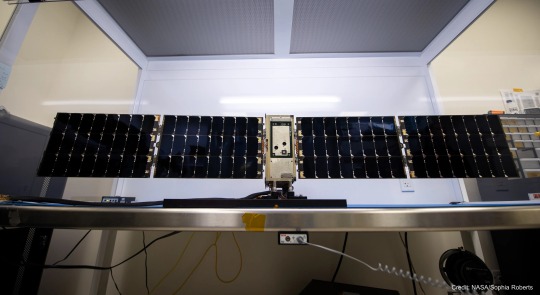
Tiny BurstCube's Tremendous Travelogue
Meet BurstCube! This shoebox-sized satellite is designed to study the most powerful explosions in the cosmos, called gamma-ray bursts. It detects gamma rays, the highest-energy form of light.
BurstCube may be small, but it had a huge journey to get to space.
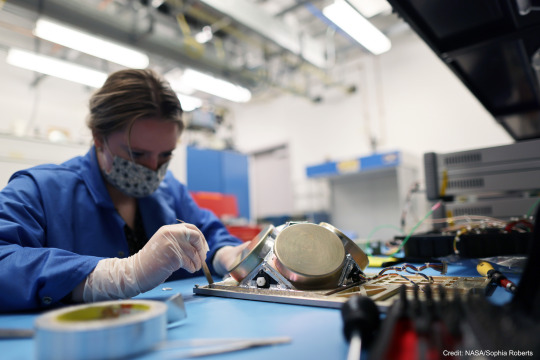
First, BurstCube was designed and built at NASA’s Goddard Space Flight Center in Greenbelt, Maryland. Here you can see Julie Cox, an early career engineer, working on BurstCube’s gamma-ray detecting instrument in the Small Satellite Lab at Goddard.
BurstCube is a type of spacecraft called a CubeSat. These tiny missions give early career engineers and scientists the chance to learn about mission development — as well as do cool science!
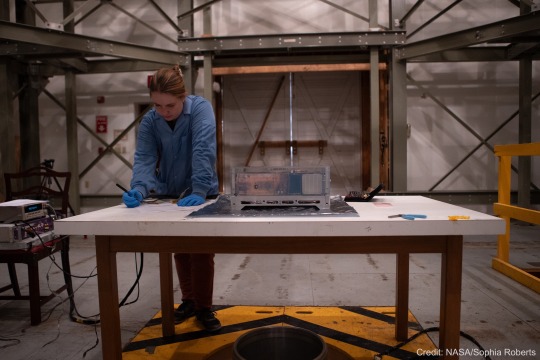
Then, after assembling the spacecraft, the BurstCube team took it on the road to conduct a bunch of tests to determine how it will operate in space. Here you can see another early career engineer, Kate Gasaway, working on BurstCube at NASA’s Wallops Flight Facility in Virginia.
She and other members of the team used a special facility there to map BurstCube’s magnetic field. This will help them know where the instrument is pointing when it’s in space.
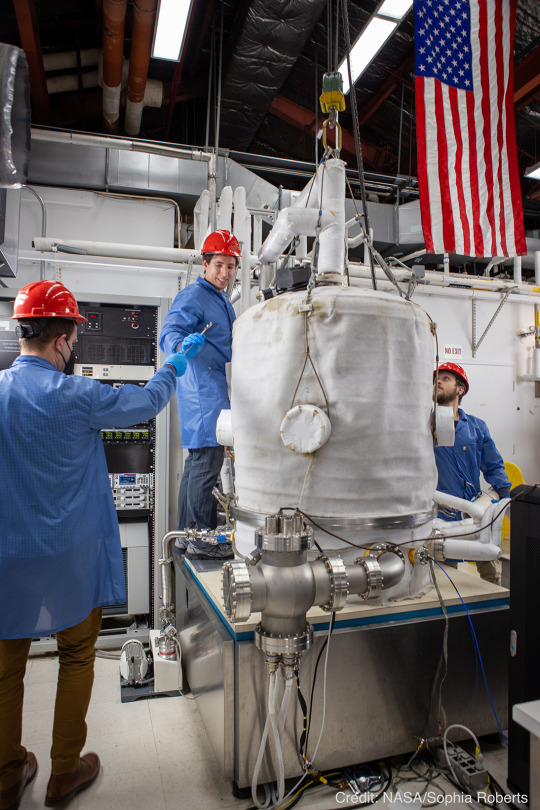
The next stop was back at Goddard, where the team put BurstCube in a vacuum chamber. You can see engineers Franklin Robinson, Elliot Schwartz, and Colton Cohill lowering the lid here. They changed the temperature inside so it was very hot and then very cold. This mimics the conditions BurstCube will experience in space as it orbits in and out of sunlight.
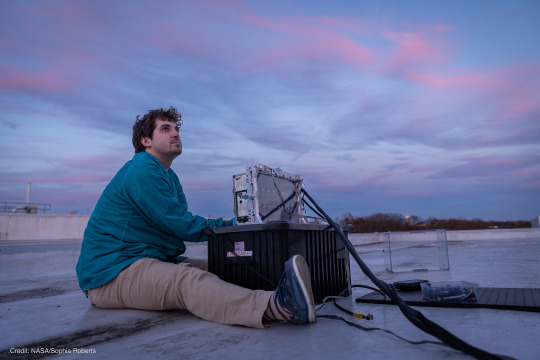
Then, up on a Goddard rooftop, the team — including early career engineer Justin Clavette — tested BurstCube’s GPS. This so-called open-sky test helps ensure the team can locate the satellite once it’s in orbit.
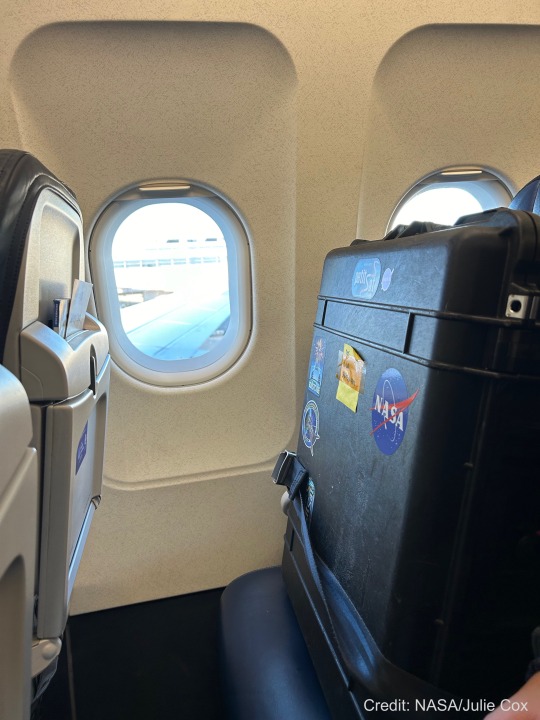
The next big step in BurstCube’s journey was a flight to Houston! The team packed it up in a special case and took it to the airport. Of course, BurstCube got the window seat!

Once in Texas, the BurstCube team joined their partners at Nanoracks (part of Voyager Space) to get their tiny spacecraft ready for launch. They loaded the satellite into a rectangular frame called a deployer, along with another small satellite called SNoOPI (Signals of Opportunity P-band Investigation). The deployer is used to push spacecraft into orbit from the International Space Station.
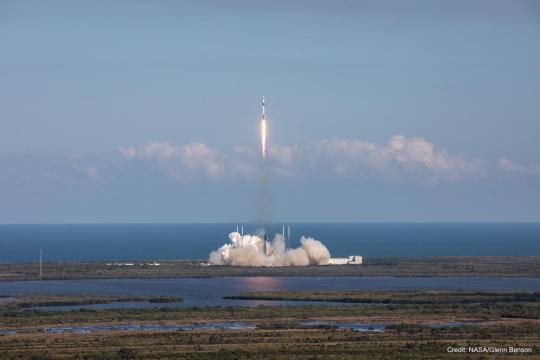
From Houston, BurstCube traveled to Cape Canaveral Space Force Station in Florida, where it launched on SpaceX’s 30th commercial resupply servicing mission on March 21, 2024. BurstCube traveled to the station along with some other small satellites, science experiments, as well as a supply of fresh fruit and coffee for the astronauts.
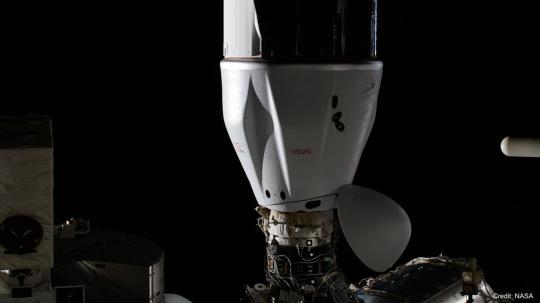
A few days later, the mission docked at the space station, and the astronauts aboard began unloading all the supplies, including BurstCube!
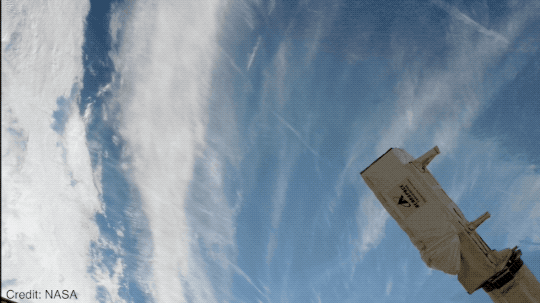
And finally, on April 18, 2024, BurstCube was released into orbit. The team will spend a month getting the satellite ready to search the skies for gamma-ray bursts. Then finally, after a long journey, this tiny satellite can embark on its big mission!
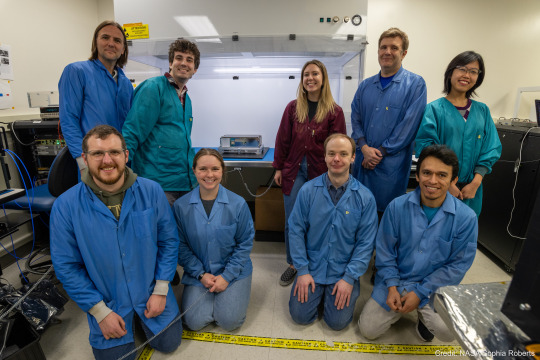
BurstCube wouldn’t be the spacecraft it is today without the input of many early career engineers and scientists. Are you interested in learning more about how you can participate in a mission like this one? There are opportunities for students in middle and high school as well as college!
Keep up on BurstCube’s journey with NASA Universe on X and Facebook. And make sure to follow us on Tumblr for your regular dose of space!
#tech#technology#dream job#jobseekers#NASA#space#spaceblr#universe#astronomy#science#gamma ray bursts#cubesat#smallsat#launch
246 notes
·
View notes
Text
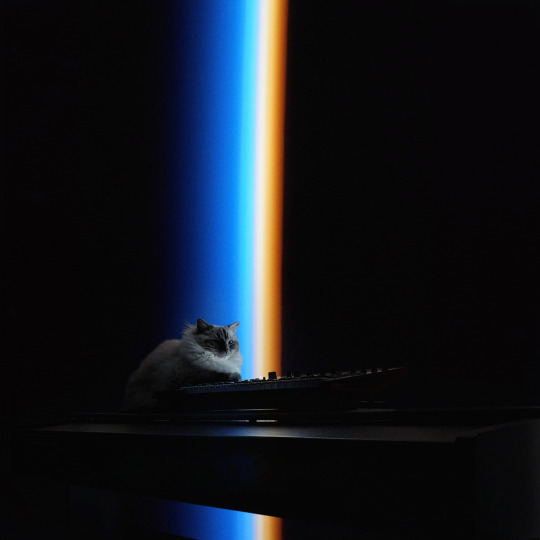
#cats on synthesizers in space#catsonsynthesizersinspace#cosis#cat#cats#synth#synths#synthesizer#synthesizers#space#cosmos#astronomy#scifi#nasa#spacex#caturday#cute#epic#funny#lolz#catsofinstagram#cats of tumblr#Timmy
165 notes
·
View notes
Text

Clearest photo of Pluto ever taken
#pluto#planet pluto#solar system#astronomy#astronomers#nasa#universe#astrophotography#nasa photos#astrophysics#outer space#nasawebb#hubble space telescope#i love astronomy#astronomy facts#astrography#astro community#astro notes#astro observations#astroblr#space exploration#space#science#science facts#planetary science#cosmos#the universe#galaxy#galaxies#planetary nebula
172 notes
·
View notes
Text
91 notes
·
View notes
Photo

A Jupiter Vista from Juno
Credits: NASA, JPL-Caltech, SwRI, MSSS, License, Kevin M. Gill
88 notes
·
View notes
Text
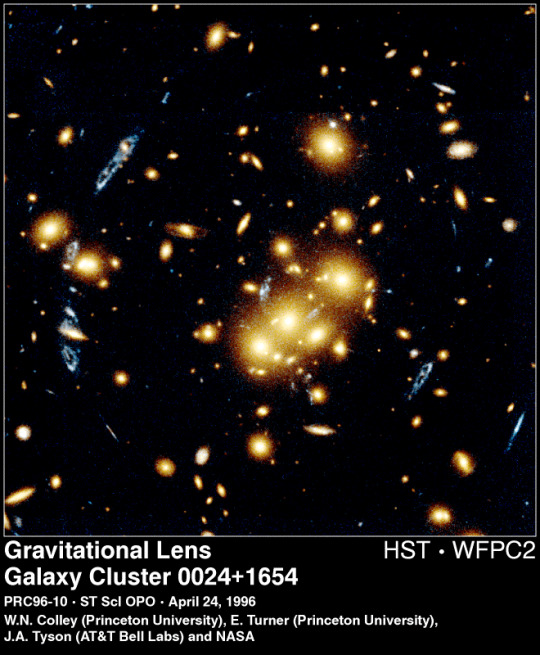
Giant Cluster Bends, Breaks Galaxy Images - April 24th, 1996.
"What are those strange blue objects? Many are images of a single, unusual, beaded, blue, ring-like galaxy which just happens to line-up behind a giant cluster of galaxies. Cluster galaxies here appear yellow and - together with the cluster's dark matter - act as a gravitational lens. A gravitational lens can create several images of background galaxies, analogous to the many points of light one would see while looking through a wine glass at a distant street light. The distinctive shape of this background galaxy - which was probably just forming - has allowed astronomers to deduce that it has separate images at 4, 8, 9 and 10 o'clock, from the center of the cluster. Possibly even the blue smudge just left of the center is yet another image! This spectacular photo from HST was taken in October, 1994. The first cluster lens was found unexpectedly by Roger Lynds (NOAO) and Vahe Petrosian (Stanford) in 1986, while testing a new type of imaging device. Lensed arcs around this cluster, CL0024+1654, were first discovered from the ground by David Koo (UCO Lick) in 1988."
65 notes
·
View notes
Text

transformed into a sissy slut
If you want to dm me goddess 
#submisive sissy#submisive faggot#sissy sissygril tobesisy ab financialslave mistressandsissy loyalsissy mommysbrat mistressworship payslave paymistressalways#writing#faggot sissy#feminine sissy#fandom ships#web series#tv shows#nasa
63 notes
·
View notes
Text
NASA's delayed Dragonfly drone mission to Saturn's largest moon Titan is on track to launch in July 2028, the space agency confirmed late Tuesday (April 16).
The highly anticipated decision greenlights the mission team to proceed to final mission design and testing in preparation for the revised launch date.
The car-sized Dragonfly, which is being built by the Johns Hopkins Applied Physics Laboratory (APL) in Laurel, Maryland, will reach Titan in 2034. For the next 2.5 years, the nuclear-powered drone is expected to perform one hop every Titan day — 16 days to us Earthlings — hunting for prebiotic chemical processes at various pre-selected locations on the frigid moon, which is known to contain organic materials.
Continue Reading.
76 notes
·
View notes
Text
https://sarah-981.tengp.icu/k/xBGMAko
#nasa#the get down#pacific rim#emma swan#nana anime#beşiktaş#the office#lapidot#the shape of water#queer#tumblr boys
124 notes
·
View notes
Text
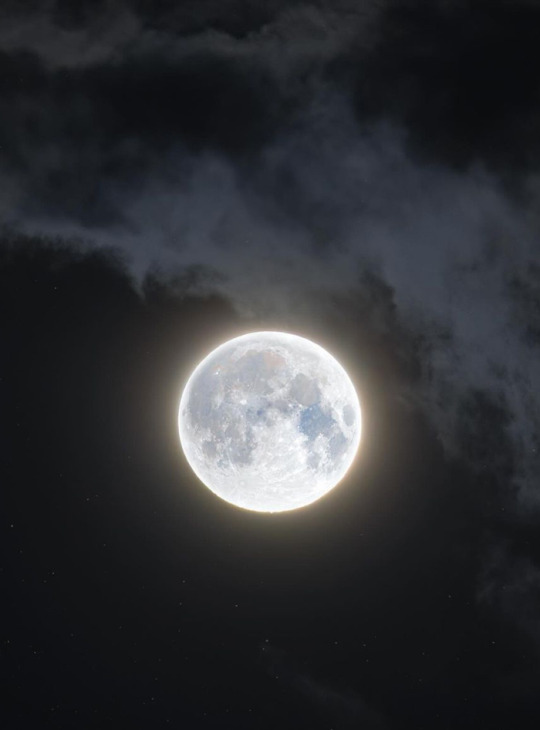
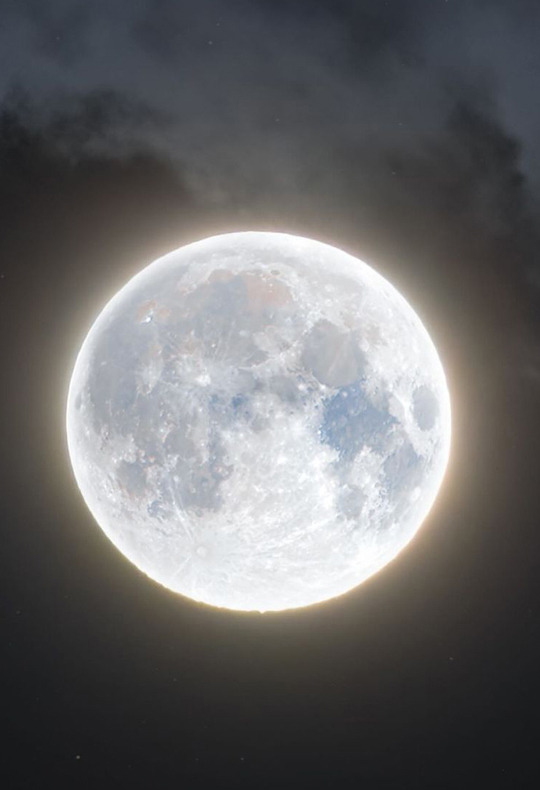

April Full Moon © astronycc
#full moon#astrophotography#nasa#space#stars#pink moon#night sky#solar system#moon#universe#astronomy#cosmos#galaxy#planet
541 notes
·
View notes
Text

NGC 6164, Dragon's Egg
554 notes
·
View notes
Text
#dailybollywoodqueens#pidge#nasa#alejandra guilmant#ulzzang#punk fashion#minions#beşiktaş#dollhouse#brockhampton#langst#wicked#body goals
130 notes
·
View notes
Text
#science#space science#astronomy#nasa#voyager 1#voyager 2#space#space exploration#heliosphere#Solar system#interstellar space#things MAGAts don’t understand
44 notes
·
View notes
Text
Orion & Horsehead Nebula

#astronomy#nasa#astronomers#universe#astrophotography#nasa photos#astrophysics#outer space#nasawebb#hubble space telescope#deep sky#sky#i love astronomy#astronomy facts#astrography#astrobiology#astronauts#planetary science#space program#space travel#space science#space exploration#space#space photography#science facts#galaxies#galaxy#planetary nebula#cosmos#astro observations
56 notes
·
View notes